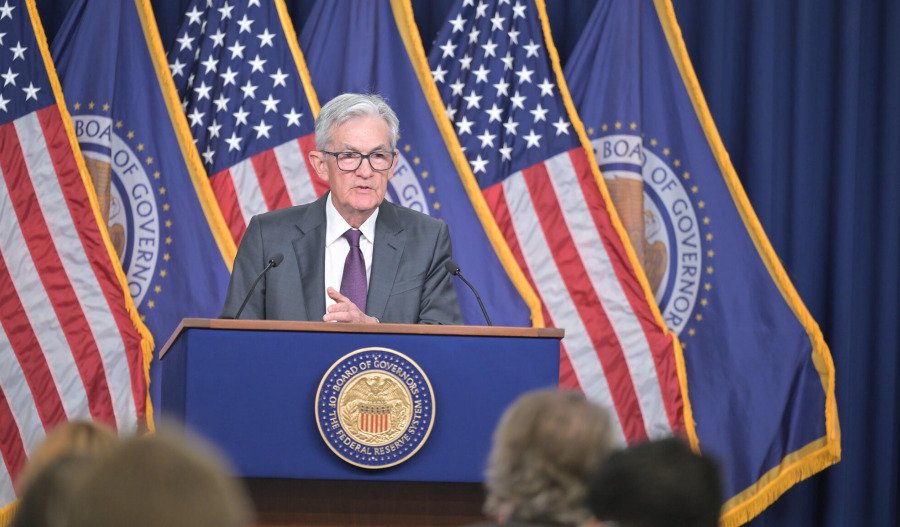The United States Federal Reserve signalled it will maintain its current interest rate policy until inflation shows clearer signs of improvement, according to minutes from the Federal Open Market Committee’s (FOMC) January meeting.
Policymakers reiterated their cautious stance, indicating that rates will stay at a restrictive level if inflation remains elevated and economic conditions hold steady. The Fed’s benchmark interest rate remains in the 4.25%-4.5% range.
Officials noted various risks to inflation, including potential changes in trade and immigration policies under the Trump administration, as well as geopolitical uncertainties that could impact supply chains. While inflation is expected to continue its decline towards the Fed’s 2% target, some members warned of upside risks, particularly from strong consumer spending.
The minutes, released on Wednesday (Thursday AEDT) said, “Many participants noted that the Committee could hold the policy rate at a restrictive level if the economy remained strong and inflation remained elevated, while several remarked that policy could be eased if labour market conditions deteriorated, economic activity faltered, or inflation returned to 2% more quickly than anticipated.”
The committee kept a measured approach following its rate cuts in late 2024, with investors pricing in one or possibly two rate cuts in 2025.
Another key concern was the potential market impact of another debt-ceiling standoff in Washington.
Policymakers noted that “it may be appropriate to consider pausing or slowing balance sheet runoff until the resolution of this event”.
Currently, the Fed is allowing up to US$25 billion in Treasuries and $35 billion in mortgage-backed securities to mature monthly without reinvestment.
The U.S. government hit its debt limit in January, prompting the Treasury Department to deploy extraordinary measures to cover federal expenses. President Donald Trump has backed a plan to raise the debt ceiling by $4 trillion, though negotiations are expected to take months.
Additionally, the FOMC discussed potential adjustments to its balance sheet strategy, with several members advocating for a structure that better aligns the maturity composition of its holdings with broader Treasury debt markets while minimising market disruptions.
The Fed has begun a five-year review of its monetary policy framework, assessing lessons from the post-pandemic inflation surge and evaluating its communication strategy. The review will revisit policies from the 2020 framework, including how the central bank approaches employment shortfalls and inflation overshooting. The process is expected to conclude by late summer.



